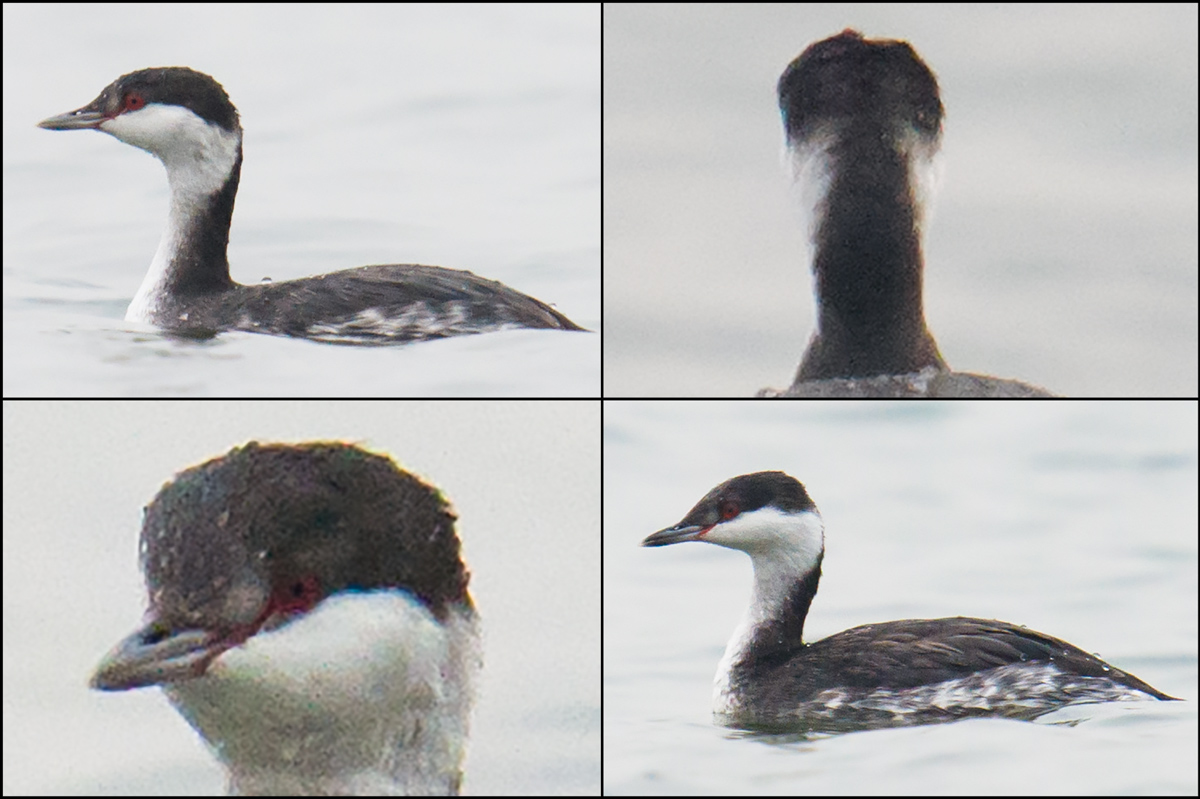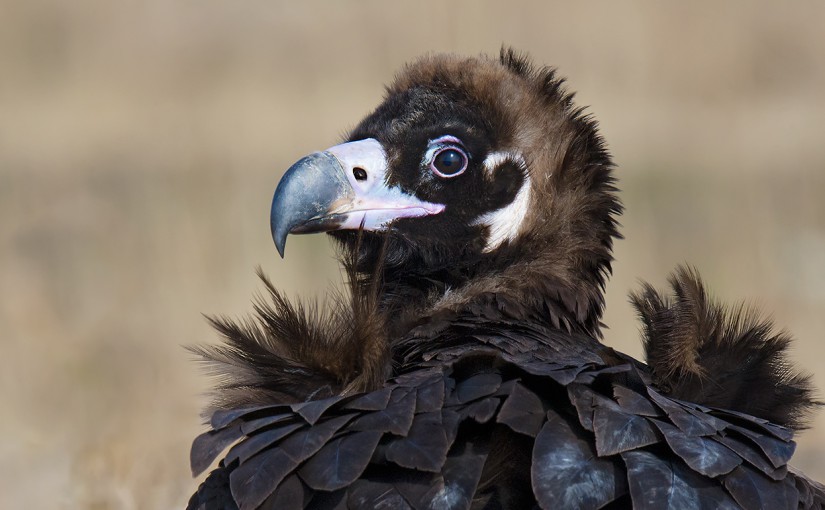by Craig Brelsford
Founder, shanghaibirding.com
On 23-24 Jan. Elaine and I noted 68 species on one of the coldest weekends in Shanghai in recent memory. We birded Chongming, the great alluvial island at the mouth of the Yangtze River, and Nanhui. With strong northwesterly winds making temperatures feel as cold as -16°C, many birds lay low, but the strange weather probably played a role in two extraordinary records: 2 Cinereous Vulture (Chongming) and 3 Red-throated Loon (Nanhui). Other notable records were 2 Horned Grebe at Dishui Lake and a winter record of Wood Sandpiper at Nanhui as well as Eastern Yellow Wagtail (taivana) and Red-throated Thrush on Chongming. On Chongming and at Nanhui, we had Red-throated Pipit and Water Pipit mixed in with Buff-bellied Pipit.
Listed as near threatened by IUCN, Cinereous Vulture breeds across Eurasia, from Spain to China. In China, Aegypius monachus breeds mainly in the west as well as in Hulunbeier in northeastern Inner Mongolia. It is a “sporadic” (MacKinnon) or “rare” (Brazil) winter visitor to the southeast China coast. The largest Old World vulture, it has a wing span of about 260 cm (8.5 ft).
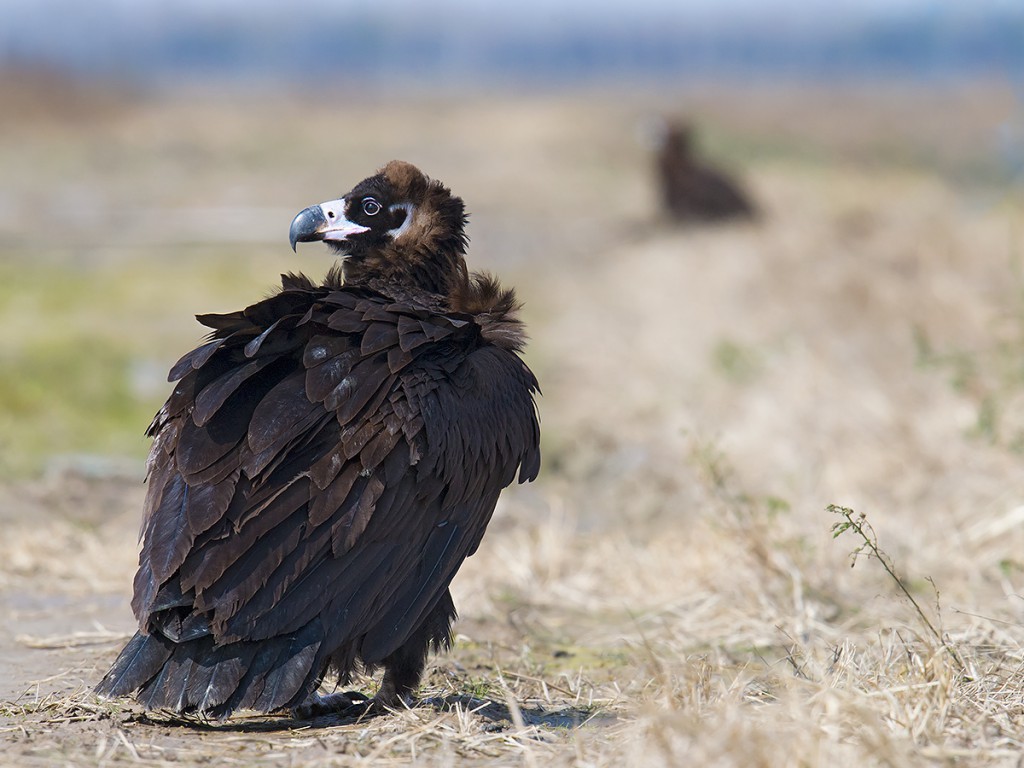
From a distance, the huge vultures looked like dogs as they rested on the ground. The pair was approachable. They usually stayed close together. Their plumage was shiny, and they appeared healthy. I doubt, however, that the eastern end of Chongming Island is a place that can support a pair of these huge birds for long. A Chinese photographer we met said the Chongming pair was probably the same pair that had been reported recently in Nantong. As of Saturday, the vultures had been on Chongming for a week to 10 days.
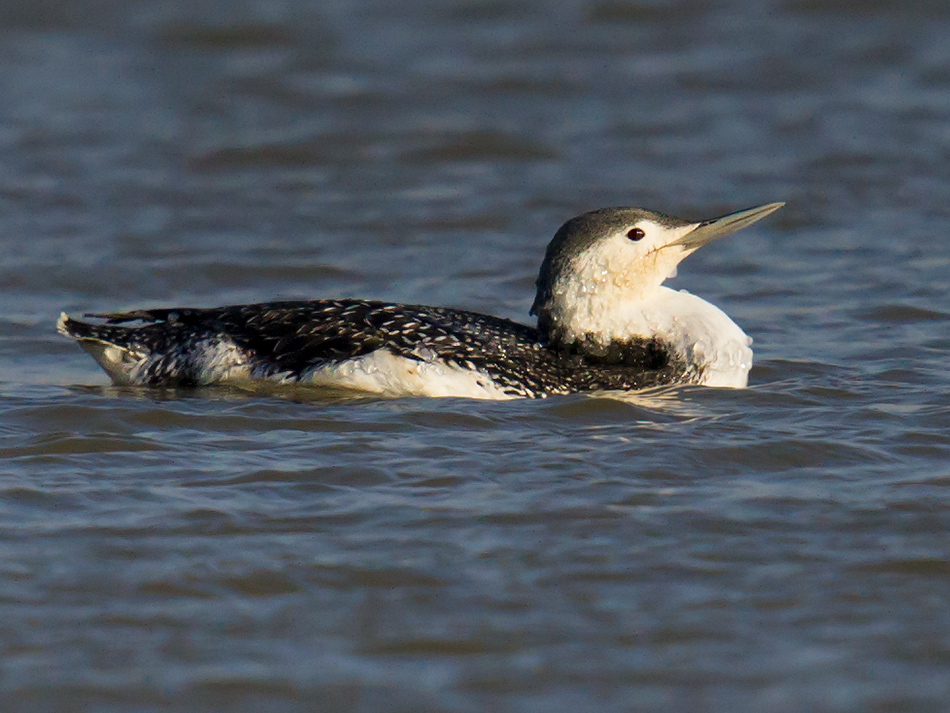
Red-throated Loon is also known as Red-throated Diver. Gavia stellata breeds in tundra bogs and taiga pools above 50° N latitude in Eurasia and North America. It winters along the coasts of Europe, Asia, and North America. Though the species faces no global threat, it is rare in China, with IUCN estimating that less than 50 spend the winter on the Chinese coast. Two of our three birds were feeding in one of the few unfrozen fish ponds inside the sea wall. A third was not feeding, and our partner Michael Grunwell feared it had been contaminated by oil.
Elaine and I birded Chongming alone. On Sunday at Nanhui, Michael joined us. We car-birded both days, driving a Skoda Scout rented from Avis.
Cinereous Vulture and Red-throated Loon became the 265th and 266th species of bird that Elaine and I have noted in the Shanghai region since 11 Sept. 2015.
PHOTOS
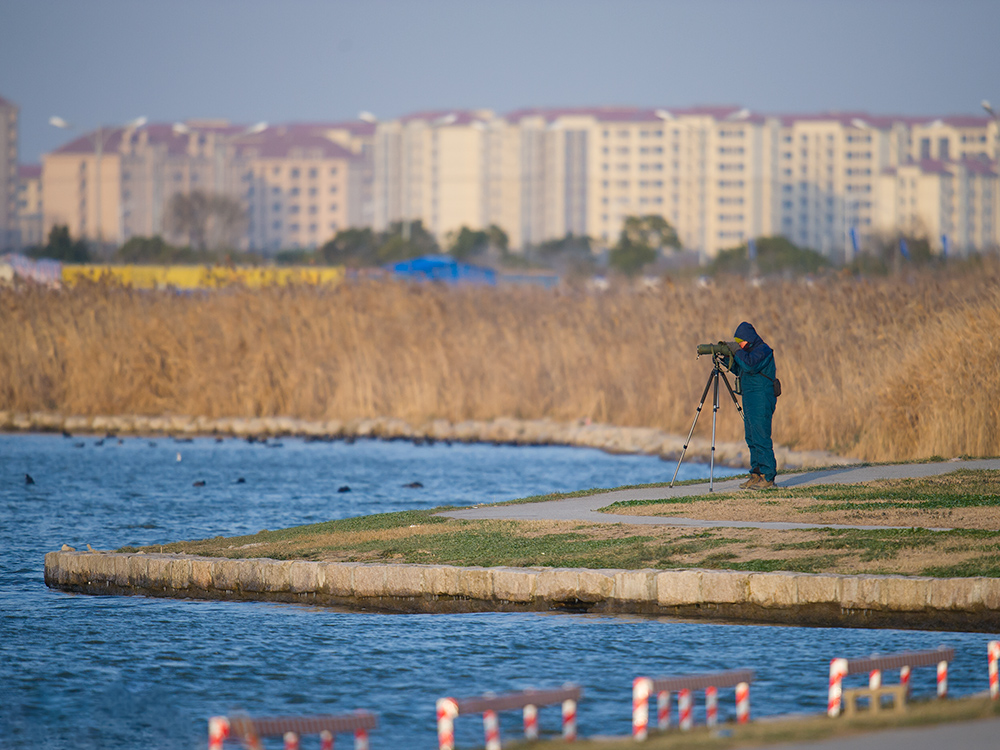
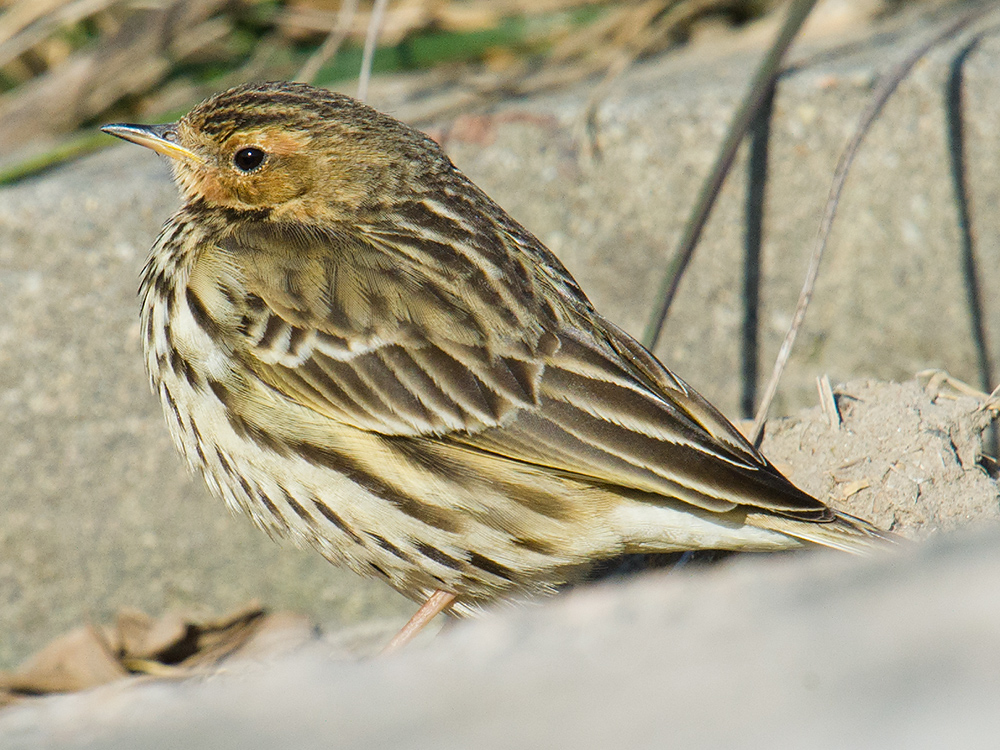

Featured image: Cinereous Vulture Aegypius monachus, Chongming Island, Shanghai, 23 Jan. Photographed using Nikon D3S and Nikkor VR 600mm F/4G lens mounted atop Manfrotto 055 carbon-fiber tripod and MVH502AH video head. F/9, 1/1250, ISO 2000. (Craig Brelsford)

